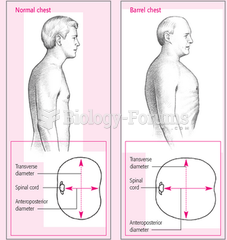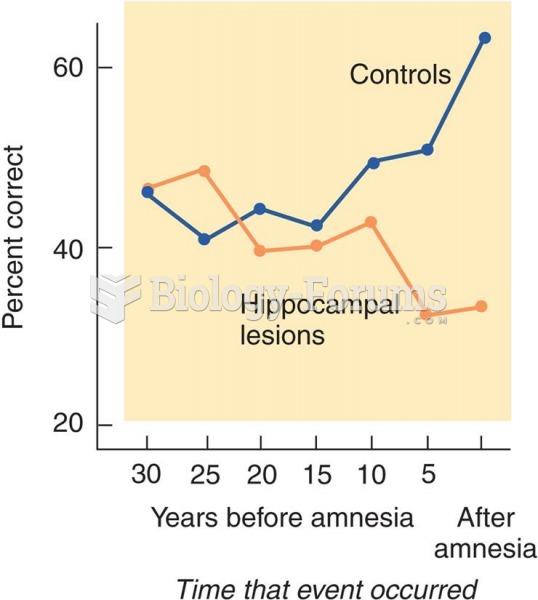|
|
|
Did you know?
There are 60,000 miles of blood vessels in every adult human.
Did you know?
Vaccines prevent between 2.5 and 4 million deaths every year.
Did you know?
The word drug comes from the Dutch word droog (meaning "dry"). For centuries, most drugs came from dried plants, hence the name.
Did you know?
There are actually 60 minerals, 16 vitamins, 12 essential amino acids, and three essential fatty acids that your body needs every day.
Did you know?
About 100 new prescription or over-the-counter drugs come into the U.S. market every year.







